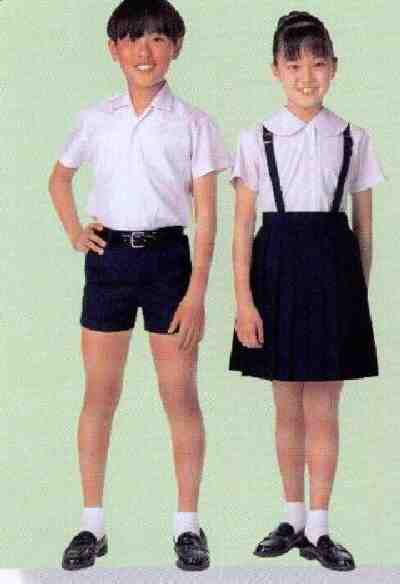
Figure 1.--Boys often wear short pants and short sleeved shirts with ankle socks during the warmer summer months. This would be a common uniform at a public school.


Figure 1.--Boys often wear short pants and short sleeved shirts with ankle socks during the warmer summer months. This would be a common uniform at a public school. |
Generally Japanese boys wear short pants at school whether it is winter or summer. There are two different approsches. Some schools have special summer uniforms. This is the case at some private schools. Most schools have the same basic uniform during summer and Winter, but during the summer jackets, sweaters, and coats are not needed. White shirts are very common at Japanese schools. During the summer boys may wear short sleeved shirts. Ankle socks are also common in the summer. Boys at the many schools that do not require also commonly wear short pants. Boys at the non-uniform schools until the mid-1990s might have worn trim shorts like the boy here (figure 1), but now boys more commonly wear long baggy shorts. Several private schools that have the boys wear blazers or suits during the winter allow the boys to wear just short-sleeved shirts, usulally without ties during the summer. Also ankle socks are often substituted for kneesocks during the summer.
Related Chronolgy Pages in the Boys' Historical Web Site
[Late 19th century]
[The 1930s]
[The 1940s]
[The 1930s]
[The 1940s]
[The 1950s]
[The 1960s]
[The 1970s]
[The 1980s]
